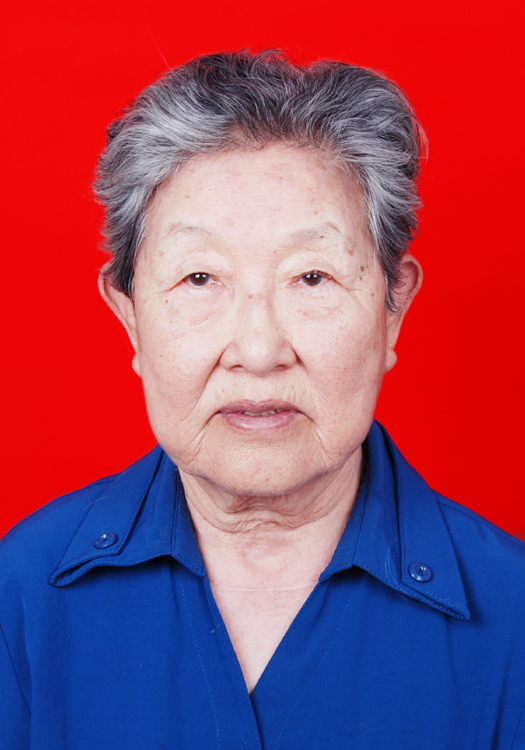The article studies the historical transformation of the image of the sky in Daurian culture. The authors analyze the myths and shamanistic rituals of the Daur people. The concept of the sky – “tenger” – refers not only to the sky itself, but also to the tops of deer horns, tree tops, the upper part of human and horse’s heads. The authors compare the Daurian and Buryat shamanistic rituals and reveal many similar points. They come to the conclusion that the ancient people worshiped the image of “tenger” as the sun and the moon. After the Neolithic period, “tenger” worship was expressed in the totemistic cult of eagle. The cult of horse was also associated with the sky worship; Daurs sacrificed white horses and bulls to the sky. The authors find out the solar origin of the fairytale heroes of some Daurian myths as well. The sun also appeared as mother in mythical representation. Ancient people considered the sun and the moon as a man and a woman respectively. In the period of matriarchy, when paired marriages arose, there appeared the Daurian myth of marriage of two siblings to two celestial fairies (dakini). The authors suggest that the fairies symbolize the sun and the moon. These celestial bodies represent father and mother in the subsequent mythology of the ancient Mongolian peoples (including the Daurs). These historical changes reflect the social transition from exogamy to endogamous relationships. Solar and lunar cults were changed with the advent of shamanism: apparently, the images of the sun and the moon have turned into the “eyes of the ancestors” when shamanism spread. Copper mirrors on shaman’s dress were also the materialized images of these celestial bodies.
Keywords: the sky “tenger”, the sun, the moon, eagle, horse, female and male images, shamanism, myths
DOI: 10.22250/2072-8662.2021.1.82-90
About the authors
 |
Sayintana – DSc (Philosophy), Professor, Hulunbuir University; |
 |
Li Ping – PhD (Philosophy); Hulunbuir University, Hulunbuir Institute for the Study of the History and Culture of National Minorities; |
 |
Bazar D. Tsybenov – Candidate of Historical Sciences, research fellow at the Department of history and culture of Central Asia, |






